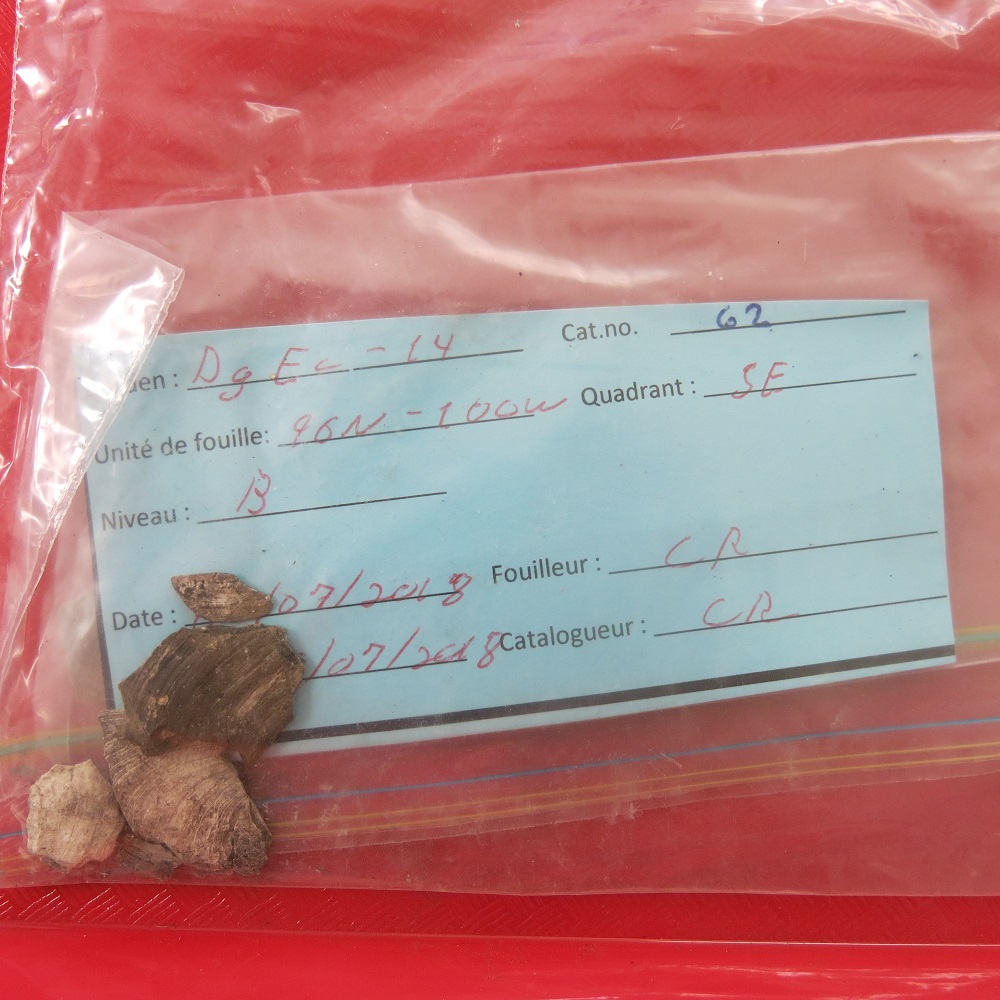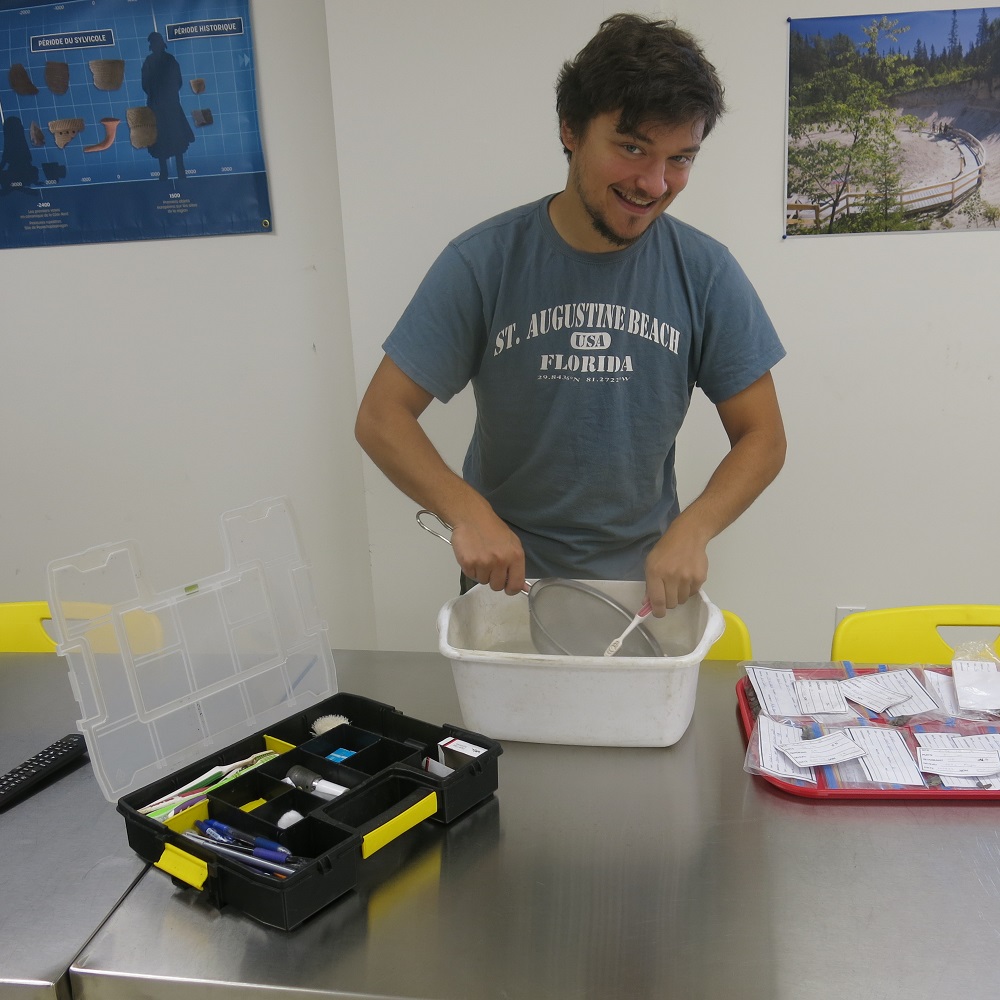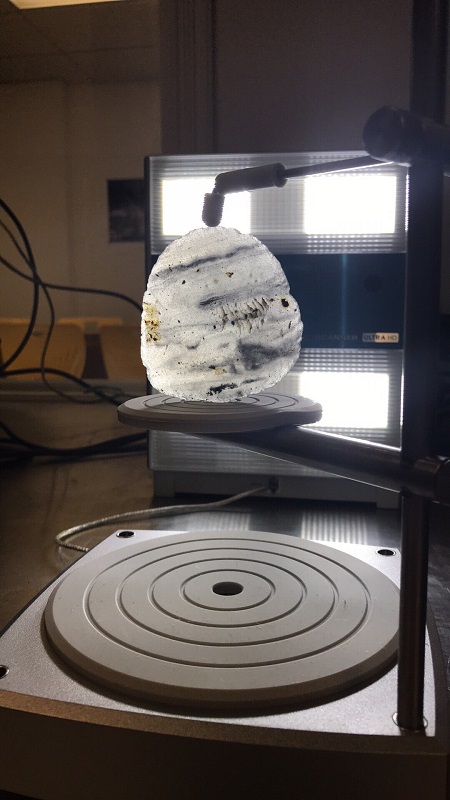2018 – After the Dig is Laboratory Time
First we have explained how a dig is carried, but more is needed to fully understand what happened on an archaeological site. While the dig is the most obvious step of an archaeological research, it is certainly not the only one. What do archaeologist do once an artifact is unearthed?
On the field
Let’s take for example a stone flake. The first step is to put it in a small bag or a flask if it is extremely small or fragile. Nonetheless, one must remember from where in the soil this flake was extracted. This is when the paleohistorical dig method becomes useful, because all the relevant data is written on a label put in the bag : the dig pit unit, the quadrant and the layer from which the flake comes from. Once this bag is clearly identified, it is stocked until the laboratory work begins.
The cleaning
So the flake was put into a bag with other artifacts recently unearthed. So it is no surprise that these pieces are dirty, covered by earth as they are. To clean them without damaging them, a very sophisticated tool is required: a toothbrush! During the cleaning process, the flake will be submerged into water and brushed to take away the earth. One must not forget that some artifacts, particularly metallic ones, must never be submerged or else they would risk degradation. Afterwards, our flake is put aside to dry.
The catalogue
Once the flake is dry, it is ready to be cataloged. It is put aside from other artifacts coming from the same bag related to its physical properties. These will be isolated under their natural categories, being made of bone, stone or ceramic. Then, more specific distinctions are made. Is this flake made out of chert or quartzite? If it is made out of chert, then what type of chert? Is it glossy brown chert of brownish-grey chert?

A bag containing various shells, with a label indicating the position of their discoveries, their number and their state, 2019
This is why it is simple to understand that the cataloging process requires a very deep knowledge of the material described. An archaeologist with a high level of knowledge of ceramic artifacts could easily describe thousand of sherds, but might find it difficult to describe our flake. Once these distinctions are made, one must count the number of artifacts coming from every strata of every quadrant of every dig unit.
All the artifacts found during a dig have to go through this process.
Archeo-Mamu Côte-Nord 2020




